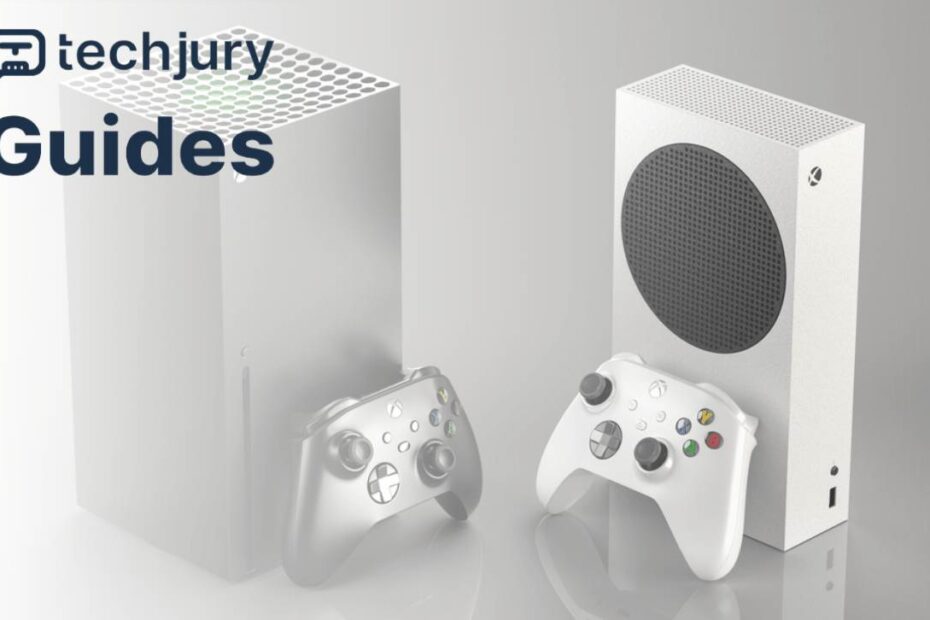Understanding the DNS Resolution Challenge
When your Xbox suddenly stops connecting to online servers, displaying the frustrating "DNS isn‘t resolving Xbox server names" error, it feels like your gaming world has ground to a halt. This comprehensive guide will walk you through every aspect of diagnosing, understanding, and resolving this complex network issue.
The Technical Foundation: What Exactly Is DNS?
Before diving into solutions, let‘s demystify the Domain Name System (DNS). Think of DNS as the internet‘s sophisticated address book. When you type a website name or connect to an Xbox server, DNS translates human-readable domain names into numerical IP addresses that computers understand.
In the Xbox ecosystem, DNS resolution is critical. It‘s the invisible bridge connecting your console to Microsoft‘s vast online infrastructure, enabling multiplayer gaming, digital downloads, system updates, and online interactions. When this bridge breaks, your entire gaming experience can become frustratingly interrupted.
Common Causes of DNS Resolution Failures
Network connectivity issues rarely emerge from a single source. Multiple interconnected factors can disrupt your Xbox‘s ability to resolve server names effectively:
Router Configuration Complications
Modern home networks are intricate ecosystems. Your router acts as a central communication hub, managing connections between multiple devices. Sometimes, router settings can become misconfigured, creating DNS resolution bottlenecks.
Potential router-related issues include:
- Outdated firmware
- Incorrect DNS server settings
- Channel interference
- DHCP (Dynamic Host Configuration Protocol) misconfigurations
Internet Service Provider Limitations
Not all internet service providers maintain consistent, high-quality DNS servers. Some budget providers use slower, less reliable DNS infrastructure, which can cause sporadic connection problems for gaming consoles.
Xbox System Software Challenges
Microsoft‘s Xbox system software undergoes frequent updates. Occasionally, these updates can introduce temporary networking complications that impact DNS resolution capabilities.
Comprehensive Diagnostic Approach
Step-by-Step Troubleshooting Methodology
When confronting DNS resolution challenges, adopt a systematic, methodical approach:
Initial Verification
Start by confirming the issue‘s scope. Is the problem isolated to your Xbox, or are other devices experiencing similar connectivity challenges? Run network diagnostics on alternative devices to establish context.Basic Connection Testing
Perform fundamental connection tests. Check your internet speed, ping rates, and overall network stability. Tools like speedtest.net can provide rapid insights into your network‘s performance characteristics.Xbox Network Specific Diagnostics
Navigate to your Xbox‘s network settings. Review connection status, IP address assignment, and DNS server configurations. Look for any obvious discrepancies or error messages.
Advanced Resolution Techniques
Manual DNS Configuration
While automatic DNS settings work for most users, manually configuring DNS servers can often resolve persistent connectivity issues. Consider using reliable public DNS providers like:
- Google Public DNS: 8.8.8.8 and 8.8.4.4
- Cloudflare DNS: 1.1.1.1 and 1.0.0.1
- OpenDNS: 208.67.222.222 and 208.67.220.220
Router-Level Interventions
Sometimes, resolving DNS issues requires addressing router configurations directly:
Update Router Firmware
Manufacturers regularly release firmware updates addressing network performance and security vulnerabilities. Ensure your router runs the latest available software version.Reset Network Settings
Performing a comprehensive network reset can eliminate accumulated configuration errors. This involves:
- Powering down your router
- Disconnecting all devices
- Waiting approximately 60 seconds
- Reconnecting and reconfiguring network settings
Preventative Strategies
Proactive Network Management
Preventing DNS resolution issues involves ongoing network maintenance:
- Regularly update Xbox system software
- Maintain current router firmware
- Use high-quality, business-class routers
- Consider professional network configuration if issues persist
Monitoring and Logging
Implement network monitoring tools that track connectivity performance. Many modern routers offer built-in diagnostic interfaces providing real-time insights into network health.
Future of Gaming Connectivity
As online gaming becomes increasingly sophisticated, network infrastructure will continue evolving. Emerging technologies like 5G, improved routing algorithms, and more intelligent DNS resolution mechanisms promise more stable, responsive gaming experiences.
Conclusion: Empowering Your Gaming Experience
DNS resolution challenges need not derail your gaming adventures. Armed with comprehensive understanding and systematic troubleshooting techniques, you can confidently address and resolve most connectivity issues.
Remember, patience and methodical investigation are your greatest allies when confronting technical challenges. Each resolved issue makes you a more knowledgeable, empowered technology user.
Final Recommendations
- Stay informed about network technologies
- Invest in quality networking equipment
- Maintain updated system software
- Don‘t hesitate to seek professional support if needed
By approaching Xbox network challenges with knowledge, curiosity, and strategic thinking, you‘ll transform potential frustrations into opportunities for technological mastery.
